10 Remedies To Treat Pitted Acne Scars
By: Priyanka Maheshwari Tue, 03 Oct 2023 00:43:44
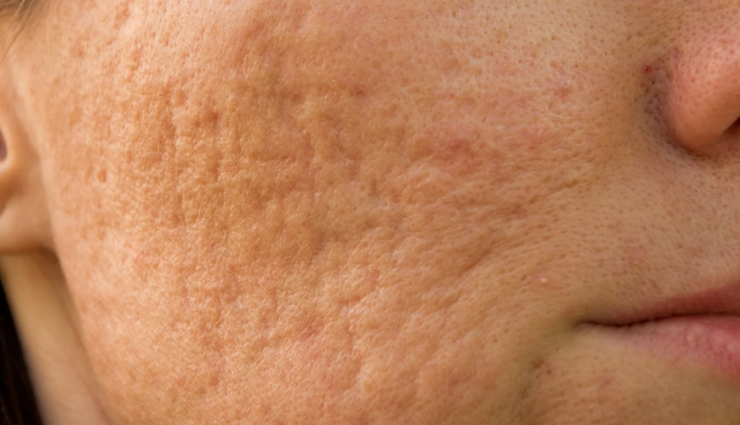
Pitted acne scars, also known as atrophic scars or icepick scars, are a common type of skin imperfection that results from severe acne breakouts. These scars are characterized by depressions or indentations in the skin's surface, giving it a pitted or uneven appearance. Pitted acne scars can vary in size, shape, and depth, and they often occur on the face, although they can also appear on other areas of the body that have been affected by acne.
These scars develop when the skin's natural healing process after a pimple or acne lesion is disrupted. In some cases, the body produces too little collagen during the healing process, causing the skin to lose its structural support. This results in the formation of pits or depressions in the affected area. Pitted acne scars can be a source of self-consciousness for many individuals and may impact their confidence and self-esteem.
Fortunately, there are several treatment options available to improve the appearance of pitted acne scars, ranging from topical creams and chemical peels to more invasive procedures like laser therapy and microneedling. The choice of treatment depends on the severity of the scars and individual skin type. With the right approach, it is often possible to reduce the visibility of pitted acne scars and restore a smoother, more even complexion.
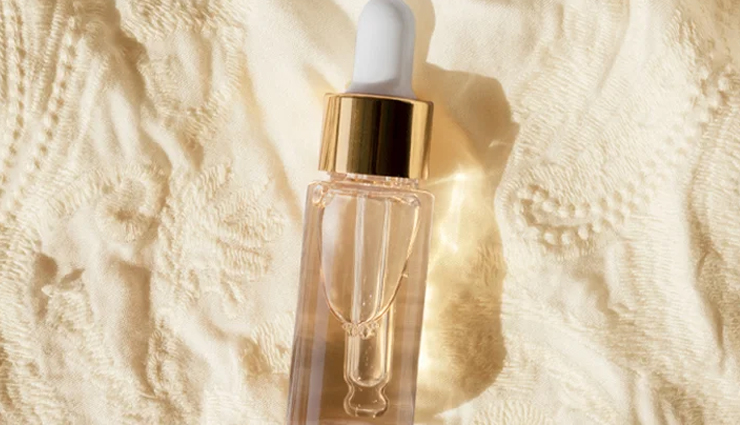
# Topical Treatments
- Retinoids: Prescription-strength retinoids like tretinoin can help stimulate collagen production and improve skin texture. Over-the-counter retinol products may also be beneficial.
- Vitamin C: Topical vitamin C serums can promote collagen synthesis and fade pigmentation, helping to improve the overall appearance of scars.
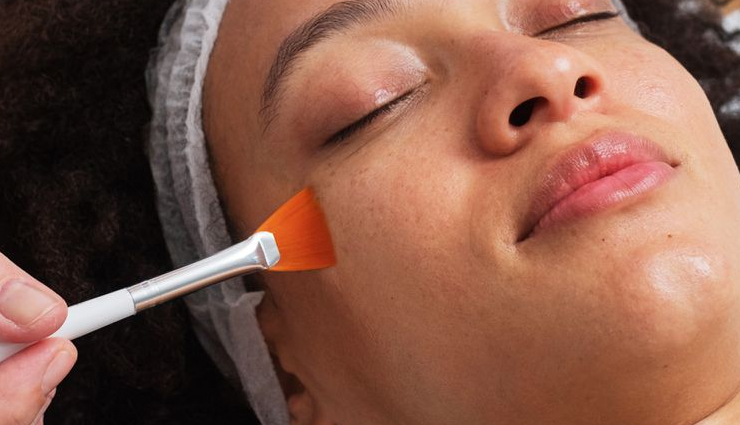
# Chemical Peels
Chemical peels involve the application of a chemical solution to the skin, which exfoliates the top layer and can stimulate collagen production. Different types of peels are available, and they can be customized for your specific needs.
# Microdermabrasion
Microdermabrasion uses a machine to exfoliate the top layer of skin. It can help reduce the appearance of shallow pitted scars but may not be as effective for deeper ones.

# Microneedling
Microneedling involves using a device with tiny needles to create micro-injuries in the skin. This stimulates collagen production and can improve the texture of pitted scars.
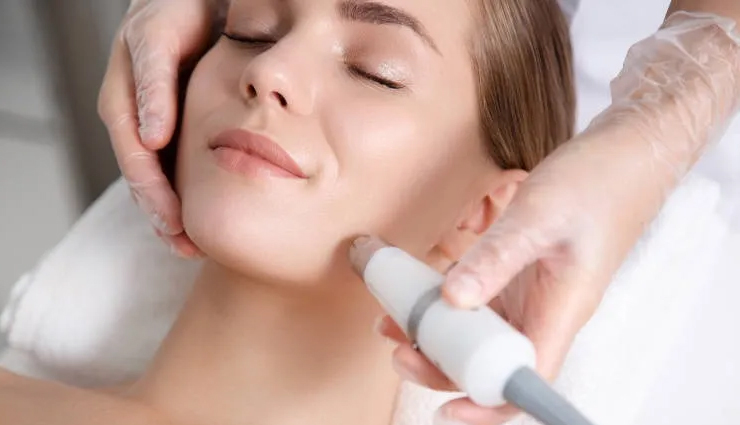
# Laser Therapy
Fractional laser treatments, such as fractional CO2 or erbium lasers, can help resurface the skin and stimulate collagen production, reducing the depth of pitted scars.
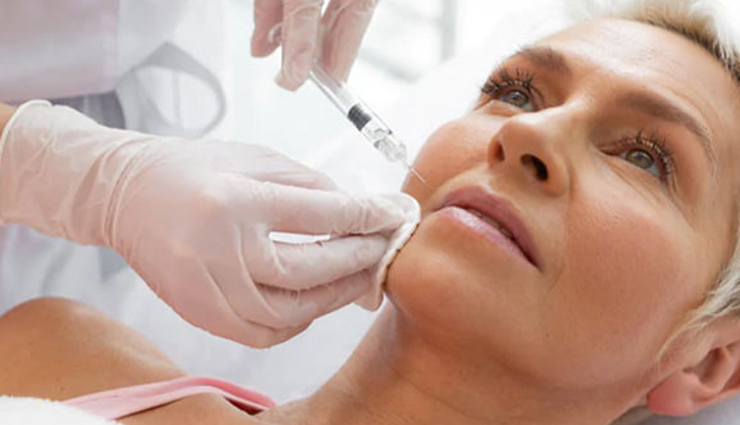
# Dermal Fillers
Injecting dermal fillers like hyaluronic acid or collagen into pitted scars can temporarily plump them up, making them less noticeable. However, this is not a permanent solution and requires repeat treatments.
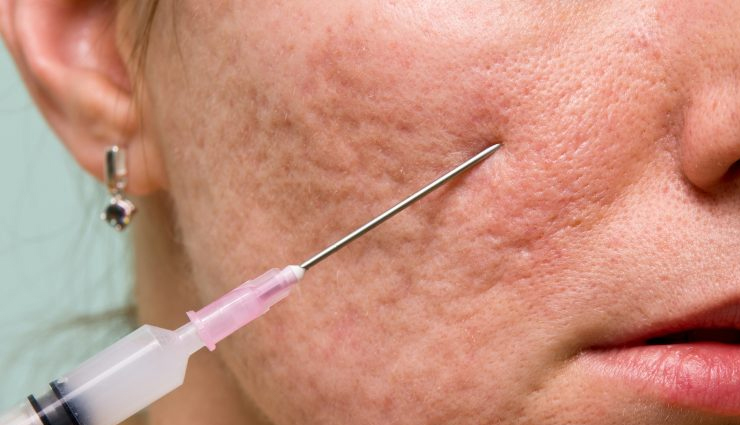
# Subcision
Subcision is a minor surgical procedure where the dermatologist uses a needle to break up the fibrous tissue that's pulling down on the scar, allowing the skin to rise and appear smoother.
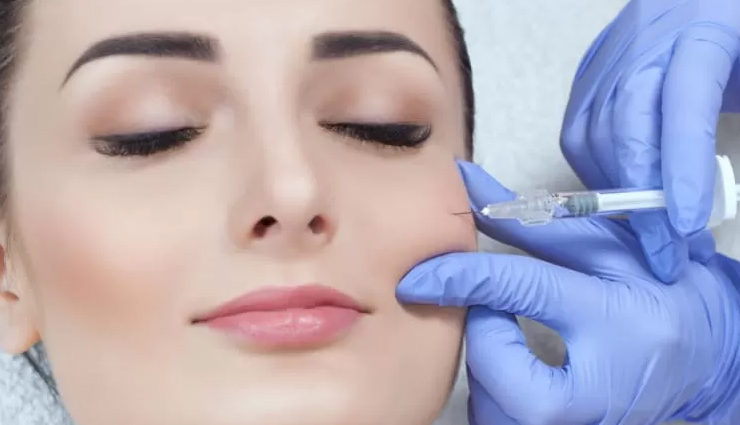
# Platelet-Rich Plasma (PRP) Therapy
PRP therapy involves using your own blood's platelet-rich plasma to stimulate collagen production and improve skin texture.
![]()
# Silicone Gel or Sheets
Silicone can help hydrate and flatten scars over time when applied regularly. It's available in gel or sheet form.
# Skin Care and Sun Protection
A consistent skincare routine with products containing antioxidants, moisturizers, and sunscreen can help maintain skin health and prevent further damage.





